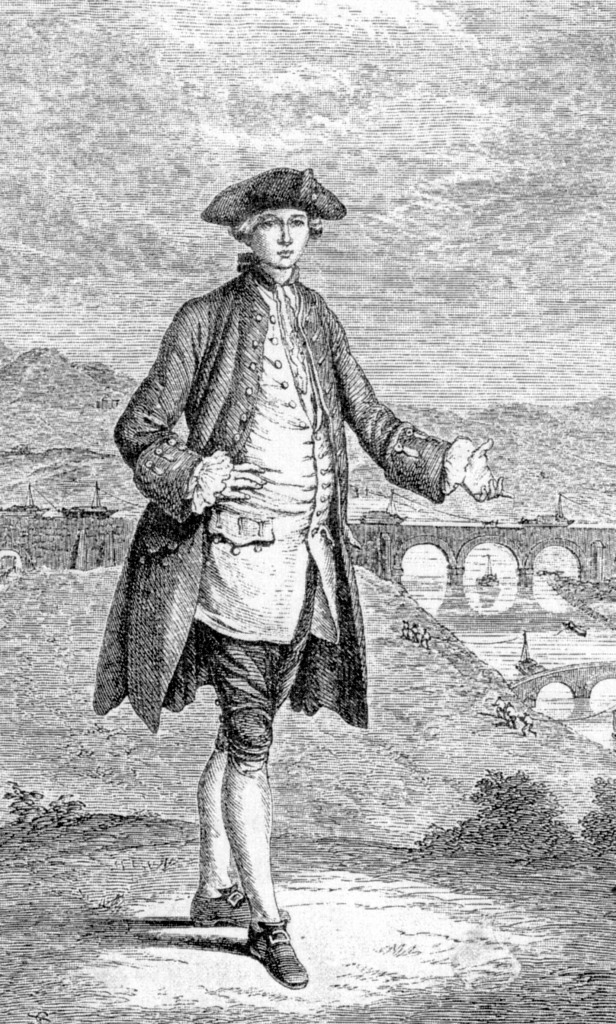This is the text of twitter paper I gave this month (November 2021) to the CHAT online conference. Their theme was movement under the tile of ‘Pilgrim CHAT’. There were lots of great presentations and online events through out November which can be explored via this link: https://chat-arch.org/ Now read on….
Since Industrial Archaeology emerged as a sub-discipline in the late 1950s and early 1960s there has been a tendency in Britain to both memorialise sites as THE birthplace of the Industrial Revolution, and to turn industrial archaeology and heritage remains into visitor attractions, inviting the public in to take part in a particular type of heritage experience. Often, but not always, these two approaches go together. This tendency to promote both memorialisation and tourism goes back to the very beginnings of the industrialisation process in Britain. An early and long-lived case study is the underground coal mines at Worsley and their entrance via the Bridgewater Canal (usually seen as the industrial canal that promoted the canal revolution) in Salford, Greater Manchester. This twitter paper will look as successive waves of tourism and memorialisation, including royalty, politicians, and industrial espionage, focussed on the business end of one of the most iconic sites of the Industrialising period, from the opening of the canal in 1761.Early focus on industry. Later waves were stimulated by conscious attempts at commemoration on significant anniversaries (the 100th, 150th, 200th and 250th anniversaries of the canal’s opening), Focus on the builders – the Bridgewater memorial. Post-2011 has seen a shift to commemorating the people who built the canal and increasing and improving access along its full length.

1/15 Hi @chatarch! I’m taking you on a watery meander through time and space – ‘Industrial Archaeology as Pilgrimage: Venerating the Bridgewater Canal & Mines at Worsley 1761 to 2021’ #pilgrimCHAT

2/15 Since Industrial Archaeology emerged in the late 1950s & early 1960s there has been a trend in Britain to both memorialise sites as THE birthplace of the Industrial Revolution & to turn industrial archaeology & heritage remains into visitor attractions #pilgrimCHAT
3/15 Often these two approaches go together. This tendency to promote both memorialisation & tourism goes back to the very beginnings of the industrialisation process in Britain. An early case study is the Bridgewater Canal & its underground canals to the coal mines #pilgrimCHAT
4/15 The Bridgewater Canal runs 11km from Worsley to Manchester & then a further 55km to Runcorn in Cheshire. It’s seen as the industrial canal that promoted the canal revolution. From its opening in the 1760s tourists included royalty, politicians, & industrialists #pilgrimCHAT

5/15 The early focus was on industry as spectacle. Arthur Young, politician and travel writer, provides one of the earliest contemporary depictions in 1769 & marks a period of international tourism that involved sailing along the underground coal canals #pilgrimchat
6/15 Young set the pattern of industrial pilgrimage by progressing on a boat from the Castlefield Canal Basin to Worsley. He described the view from the Barton Aqueduct across the River Irwell as ‘a scenery somewhat like enchantment’ with a ‘river hung in the air’ #pilgrimCHAT
7/15 The idea of the Canal as a romantic roam continued for decades. Jabez Maud Fisher, son of a Philadelphian merchant, visited in 1775 noting that for the underground canals ‘we took candles to light up this dark & gloomy rod as not a single ray comes from without’#pilgrimCHAT

8/15 The romantic view of Worsley and the Bridgewater Canal culminated in Claude Nattes’ sketching tour of 1807 along the 11km primary route from Manchester, the canal captured as a rural idyll with a backdrop of industry #pilgrimCHAT

9/15 Queen Victoria’s 1851 visit is the last great tourist procession along the canal. A personalised canal barge, complete with boat house, was built for her. Tickets were sold to watch her inspect the canal mine entrance at The Delph #pilgrimCHAT
10/15 Later waves of visitors were stimulated by conscious attempts at commemoration on significant anniversaries of the canal’s opening such as the 100th, 150th, 200th and 250th anniversaries #pilgrimCHAT
11/15 The focus from the 1860s to 1970s was on the financer, designer, and builder of the canal, the Duke of Bridgewater, James Brindley & John Gilbert, as industrial saints. The canal progress was swapped for visits to the monuments at Worsley, Barton & Castlefield #pilgrimCHAT

12/15 The memorial to the Duke of Bridgewater built for the 200th anniversary is a very visible example of this cult of the industrial hero. It’s built on the site of the canal workshops at Worsley, landscaped as a park in the 1900s #pilgrimCHAT
13/15 Historic tours & visits to the mines & canal continued throughout the C20 from the Lancashire & Cheshire Antiquarian Society in 1911, to tours of the underground canals, increasingly seen as adventure since their 1880s closure, the last one being in the 1990s #pilgrimCHAT
14/15 Since the 250th anniversary in 2011 there’s been a shift to commemorating the people who built the canal, increasing & improving access along its full length. A new visitor viewing platform at The Delph opened in 2020 & in 2021 archaeology pilgrimages continue #pilgrimCHAT

15/15 The different motivations of visitors over 260 years reflect changing interpretations, responses & access to the Bridgewater. In 2021 walking or cycling the towpath from Manchester to Worsley is the new canal industrial pilgrimage. Thankyou! #pilgrimCHAT
